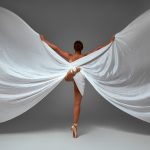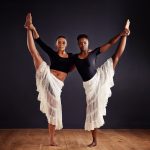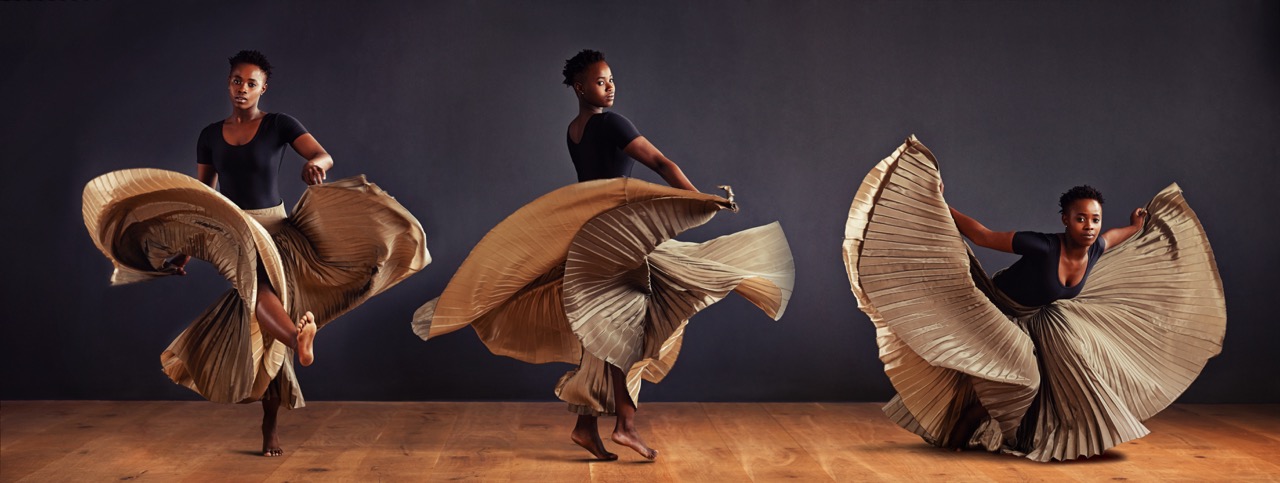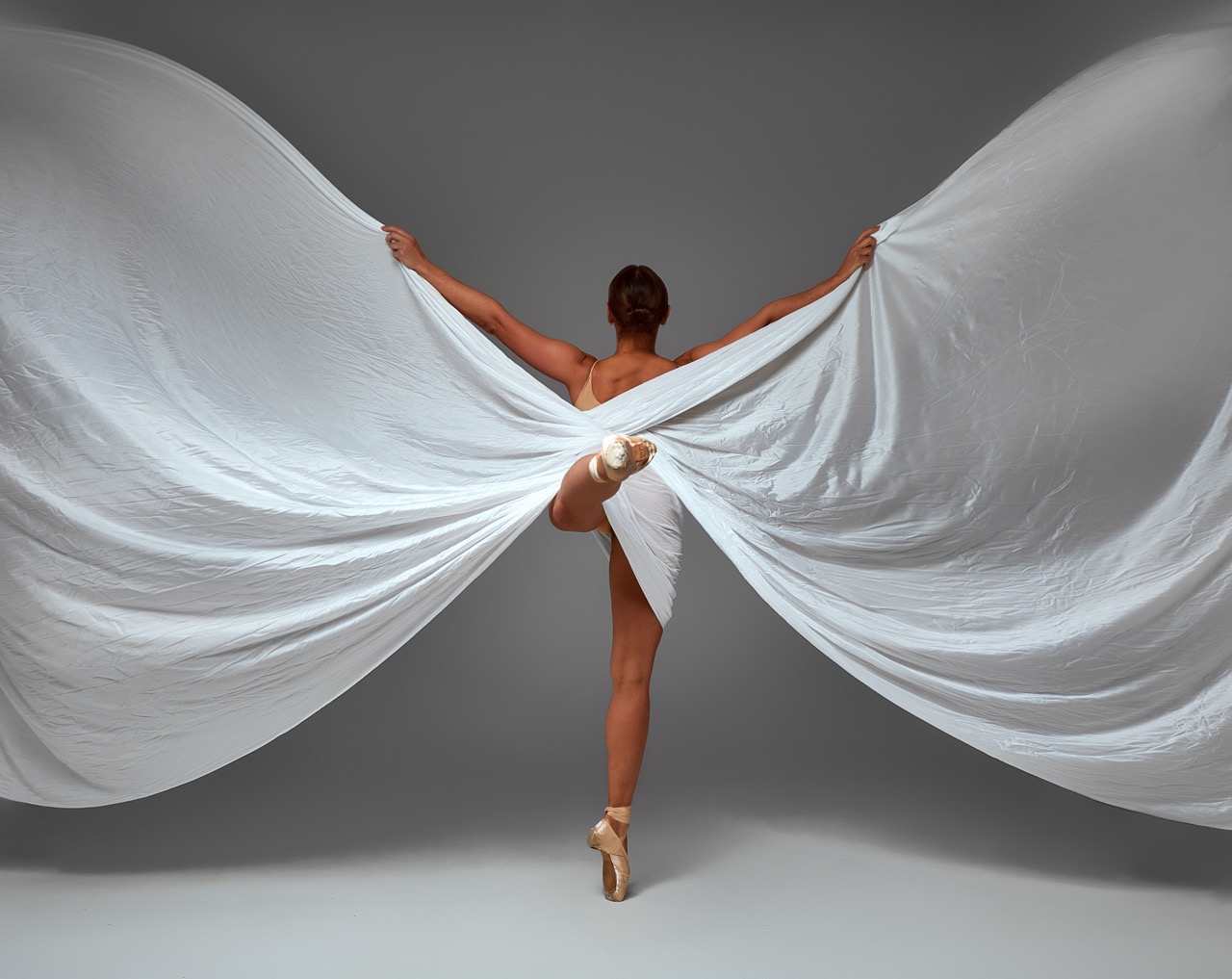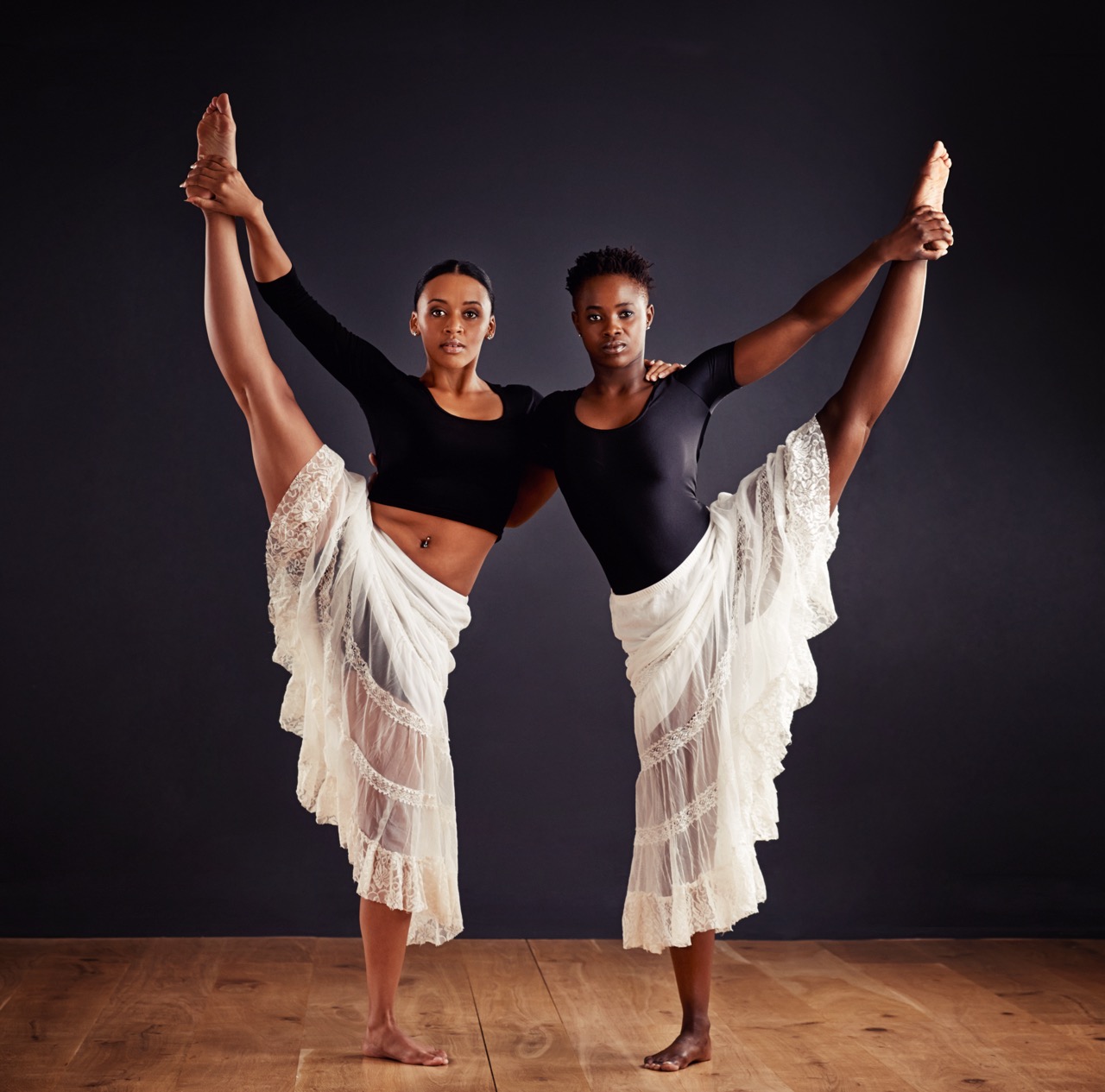In the realm of performing arts, the intersection of technology and creativity has birthed profound transformations. Wearable technology, once relegated to fitness enthusiasts and tech aficionados, is now making waves in modern dance performances. This innovative blend enhances the artistry of dance while pushing the boundaries of how movement can be perceived and experienced. As we explore the influence of wearable technology in modern dance, we will uncover how it bridges creative gaps, enhances expressive movement, utilizes data analytics for choreography, and envisions the future of dance artistry.
Bridging the Gap: Wearable Tech Meets Dance Artistry
The marriage of wearable technology and dance artistry is akin to a beautifully choreographed pas de deux, where each partner enhances the other’s strengths. Wearable devices such as smart fabrics, motion sensors, and augmented reality gear are seamlessly integrating into dancers’ costumes, allowing them to interact with their environment in unprecedented ways. This technological infusion enables choreographers to explore new dimensions of storytelling, where the dancer’s body becomes a canvas that communicates not just through form but through data as well.
This collaboration transcends traditional performance boundaries. Dancers can employ wearable technology to create immersive experiences that engage audiences on multiple levels. For instance, through real-time visual displays linked to the dancers’ movements, spectators can witness the transformation of physical expression into digital art. This interaction fosters a dialogue between technology and the human experience, making performances feel more dynamic, alive, and responsive to audience engagement.
Moreover, this innovative approach to dance fosters inclusivity. Wearable technology can cater to a broad spectrum of performers, including those with disabilities. By customizing devices to enhance or adapt movements, choreographers can create works that resonate with diverse bodies and experiences, ensuring that the art of dance remains accessible and relevant in our ever-evolving society.
Enhancing Movement: How Devices Transform Dance Expression
The advent of wearable technology has revolutionized the way dancers express movement. Devices equipped with sensors can capture and analyze the nuances of a dancer’s motion, translating physicality into a digital format that captures every twist, turn, and leap. This newfound ability to visualize movement allows performers to refine their technique and explore new choreographic possibilities that were once unimaginable.
For instance, smart fabrics embedded with sensors can provide real-time feedback on a dancer’s posture and alignment. This invaluable information can lead to significant improvements in performance quality and reduce the risk of injury. Dancers can adjust their movements based on instantaneous data, resulting in a richer and more precise expression of their artistry. Such enhancements go beyond mere performance; they cultivate a deeper connection between the dancer and their body, enabling a more profound exploration of movement as a language.
Furthermore, wearable tech encourages collaborative creativity among artists. Multi-disciplinary projects that merge technology with dance elevate the creative process, inviting contributions from coders, designers, and visual artists. These collaborations lead to groundbreaking performances that challenge the conventions of dance, redefining what it means to be a performer and a creator in today’s digital age. The expressive potential of dance is not just augmented; it is transformed, allowing for a more profound emotional resonance with audiences.
Data-Driven Choreography: The Role of Performance Analytics
As wearable technology becomes increasingly sophisticated, the role of data analytics in choreography is gaining prominence. By collecting detailed information on movement patterns, energy expenditure, and performance metrics, wearable devices empower choreographers to make informed decisions that enhance their work. This data-driven approach not only aids in refining individual performances but also allows for the creation of nuanced group dynamics, which can lead to innovative ensemble choreography.
Choreographers can analyze how dancers interact with each other through this technology, leading to a deeper understanding of spatial relationships and timing within a performance. This analysis can highlight areas for improvement or inspiration, sparking new ideas that can be woven into the fabric of a dance piece. As a result, the choreography evolves into a living entity, continuously shaped by the data extracted from the performers’ movements.
Moreover, performance analytics extend the reach of dance beyond the stage. By tracking individual and group performances over time, choreographers can tailor their teaching methods and training regimens to meet the needs of their dancers. This personalized approach fosters a culture of growth and development, encouraging dancers to push their boundaries while maintaining a safe and supportive environment. In this way, the data-driven aspect of dance not only enhances artistic expression but also nurtures the next generation of talent.
Future Visions: The Evolution of Dance with Wearable Tech
As we look to the future, the evolution of dance through wearable technology is poised to redefine the art form in exciting ways. Emerging technologies, such as virtual and augmented reality, promise to create immersive experiences that dissolve the boundaries between performer and audience. Imagine a dance performance where viewers can participate through their devices, influencing the choreography and narrative in real-time, crafting a unique experience for each individual.
Innovations in artificial intelligence are also set to play a crucial role in the future of dance. AI algorithms can analyze vast amounts of movement data, generating new choreographic ideas or even creating entirely new pieces based on a dancer’s style. This process could lead to collaborations where human creativity and machine learning coalesce, challenging the very notion of authorship in the creative arts. Dancers may find themselves not just performers but co-creators with technology, expanding the horizons of what is artistically possible.
Ultimately, the future of dance with wearable technology hinges on the balance between preserving the essence of human expression while embracing the capabilities of technological advancements. As artists and technologists continue to collaborate, we may witness the emergence of a new dance lexicon that speaks to the complexities of the modern human experience. The stage is set for a vibrant and inclusive future, where wearable tech transforms not just the performance but the very fabric of dance itself.
The influence of wearable technology in modern dance performances is a testament to the power of innovation in the arts. As we explore the intersections of creativity and technology, we witness a rich dialogue that enhances movement, informs choreography, and envisions a future where dance continues to evolve. This dynamic fusion not only enriches the performative experience but also paves the way for a more inclusive, data-driven, and immersive artistic landscape. As we embrace these changes, it becomes clear that the heart of dance lies not just in movement but in the limitless potential of human expression interwoven with the digital realm.


